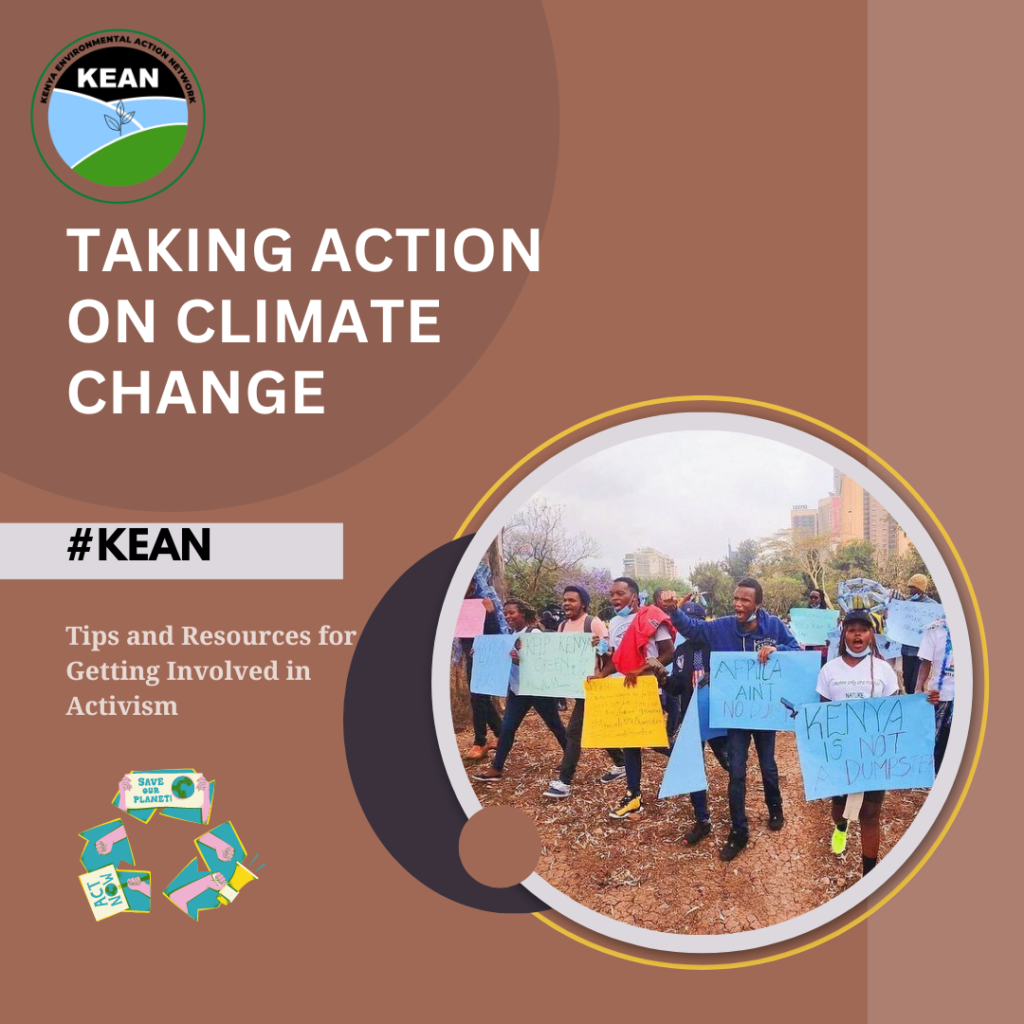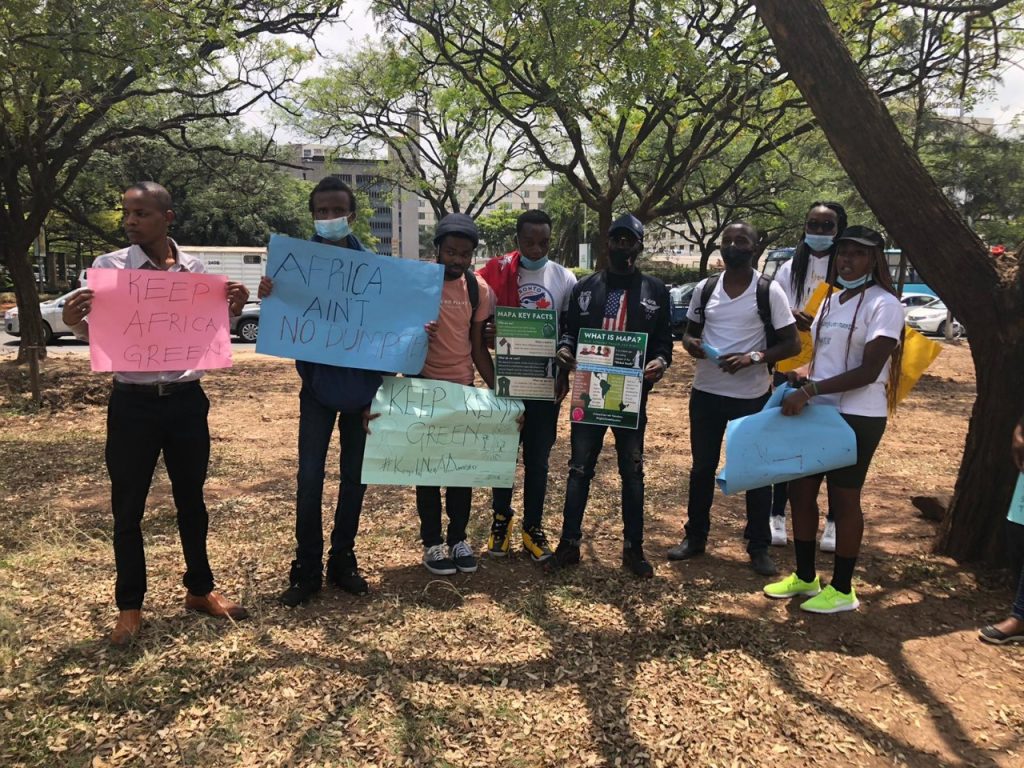It was a beautiful summer day in 2019 when Japheth attended her first climate strike. He had always been concerned about the environment, but seeing thousands of people gathered in the streets to demand action was a transformative experience. From that day on, Japheth knew he wanted to get involved in climate activism.
If you are like Japheth and want to take action on climate change, there are many ways to get involved. Here are some tips and resources for finding local groups, starting your own group, and making your voice heard.
Key roles you need to play when involved in climate activism:
- Educate yourself: The first step to getting involved in climate activism is to educate yourself on the issues surrounding climate change. Read up on the science, the policy, and the activism-surrounding climate change.
- Join a local group: There are likely many climate activism groups in your local community. Join one of these groups to connect with other activists and get involved in local actions.
- Attend events: Attend local events related to climate change, such as rallies, marches, and protests. This is a great way to meet other activists and show your support for the cause.
- Contact your elected officials: Write to your elected officials and let them know that you care about climate change. Ask them to support policies that will help mitigate climate change.
- Use social media: Use social media to spread the word about climate change and to connect with other activists. Share articles, videos, and other content that relates to the issue.
- Reduce your own carbon footprint: Make changes in your own life to reduce your carbon footprint. This could include driving less, eating a plant-based diet, and reducing your energy consumption.
- Donate to organizations: Consider donating to organizations that are working to address climate change.
Finding and Joining Local Groups
One of the best ways to get started with climate activism is to find a local group. These groups are often made up of people who share your concerns and are already organizing actions and events. Here are some resources to help you find local groups:
- Google: Start by searching for climate change or environmental groups in your city or region. You might be surprised at how many results come up.
- Facebook: Check out Facebook groups in your area. Many local groups use Facebook to organize events and communicate with their members.
- Climate Strike: The global climate strike movement began in 2019 and continues to organize actions around the world. Check their website to find local groups near you.
- Greenpeace: Greenpeace is a global environmental organization that has local chapters in many cities. They often organize local events and campaigns.
- KEAN: Kenya Environmental Action Network. KEAN is a network for Kenyan environmental and climate activists. We engage, support each other, and build one another. We respect all; embrace diversity, inclusion for everyone pushing, for action in space. We also share opportunities, develop common position papers, nurture activists, and their work towards making better world for all!
Starting Your Own Group
If you cannot find a local group in your area or if you want to start your own group, here are some tips to help you get started:
- Define your goals: Before you start organizing, think about what you want to achieve. Do you want to focus on lobbying local politicians? Organizing direct actions? Raising awareness in your community
- Reach out to others: You will need other people to join your group, so start reaching out to friends, family, and acquaintances who share your concerns.
- Use social media: Create a Facebook page or Twitter account for your group to start building an online presence. Use these platforms to communicate with potential members and promote your events.
- Plan events: Organize events that will attract people to your cause. This could be a march, a rally, or a workshop.
Making Your Voice Heard
Once you are involved in climate activism, you will want to make your voice heard. Here are some tips for effectively communicating your message:
- Use personal stories: Climate change can feel abstract, so using personal stories can help people connect with the issue on an emotional level. Share how climate change has affected you or people you know.
- Be clear and concise: People are bombarded with information, so it is important to be clear and concise in your messaging. Focus on one or two key points and stick to them.
- Use visuals: Visuals can be a powerful way to communicate your message. Use photos, videos, or infographics to help people understand the issue.
- Know your audience: Tailor your message to your audience. For example, if you are speaking to a group of business leaders, emphasize the economic benefits of taking action on climate change.
In conclusion, getting involved in climate activism can be a rewarding and impactful way to make a difference in the world. Whether you join an existing group, start your own, or simply speak out on the issue, every action counts. Use these tips and resources to help you get started and make your voice heard.



